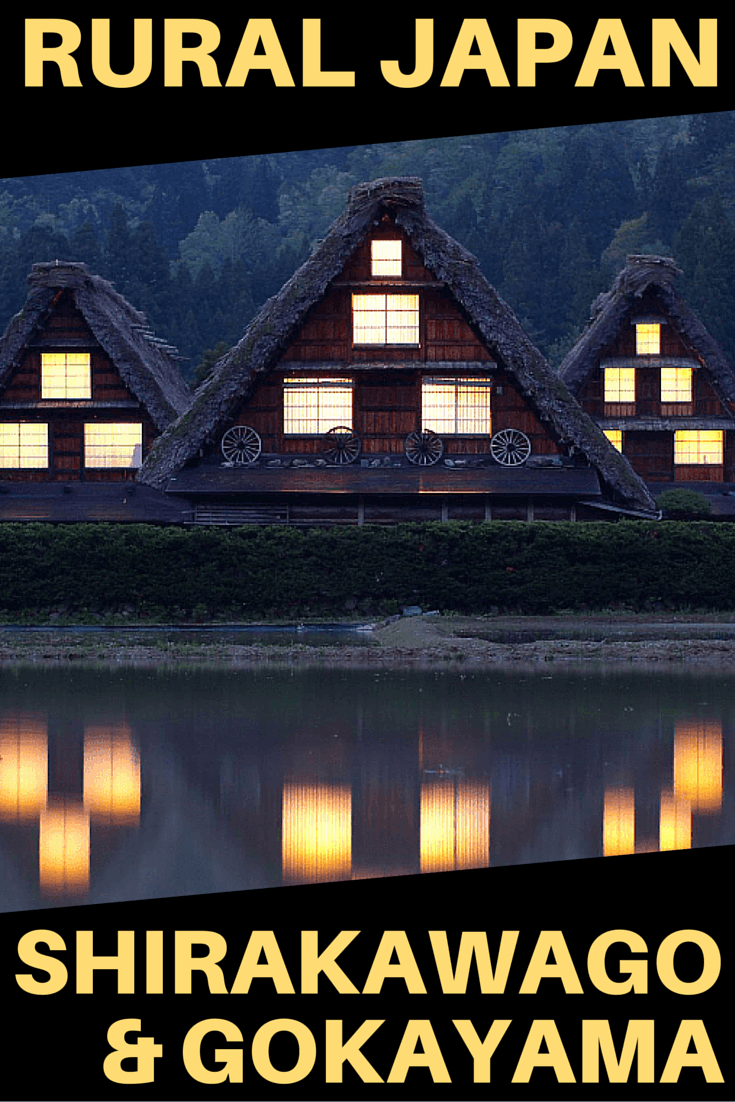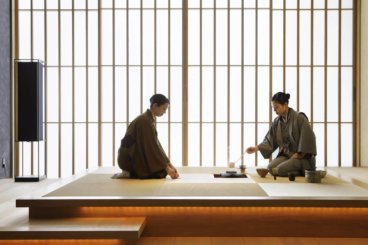The villages of Shirakawago and Gokayama have long been among the most photographed places in rural Japan, though they’ve become increasingly popular since we first fell in love with them years ago.
Historically, Shirakawago and Gokayama were very difficult to access, and thus quite isolated from the surrounding areas. But in the modern era they’ve been connected via an impressive network of mountain highways and tunnels, making them almost too accessible.
To experience the villages in a meaningful way — and minimize your encounters with large tour groups and buses — it’s worth doing a bit of extra planning, and this article is here to help you do just that.
On the other hand, if you’d prefer to travel to parts of Japan where fewer tourists go in the first place, don’t miss our article on Japan’s best off-the-beaten-path places.
Originally written in 2015, this post was updated and republished on March 2, 2021.
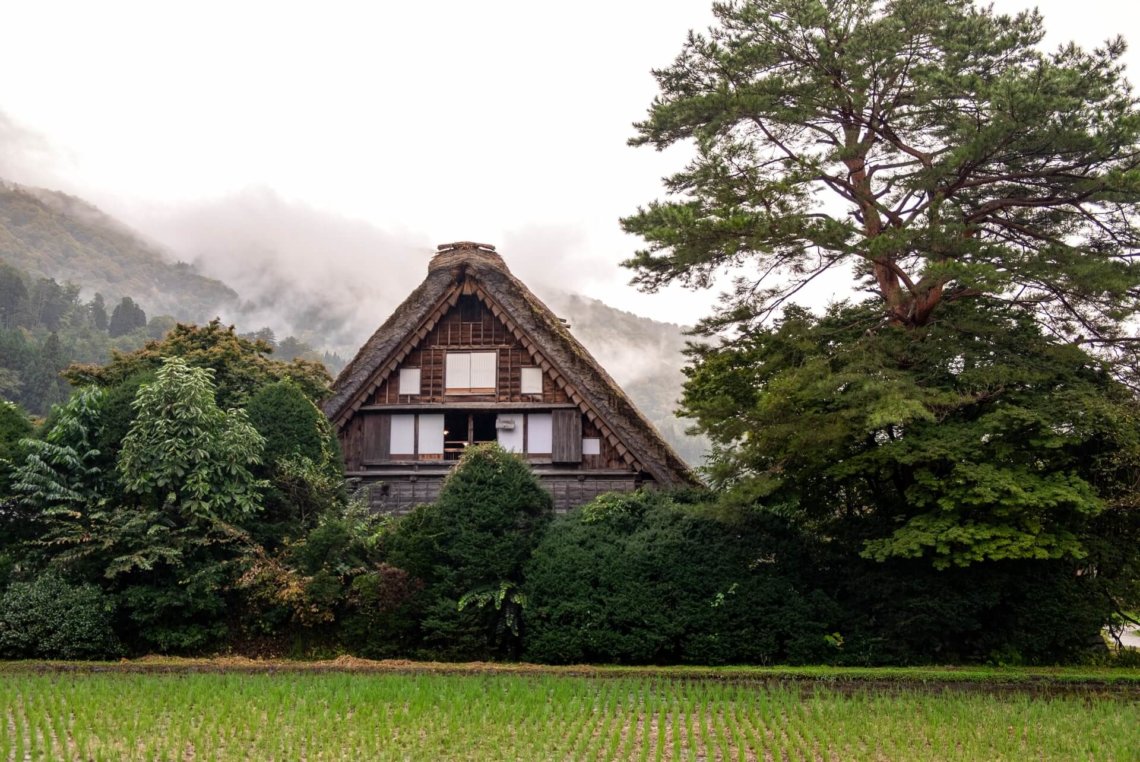
When to Visit Shirakawago and Gokayama
If you’ve done a fair amount of research into planning your trip to Japan, chances are you’ve come across photos like the one above.
The UNESCO World Heritage villages of Shirakawago and Gokayama are remarkably photogenic, thanks to their steeply-sloped gassho-zukuri thatched roofs (capable of withstanding heavy snowfall) and beautiful mountain surroundings.
Because of how popular they are, you may want to avoid visiting during Japan’s peak seasons if possible. To help you plan around this, see our full article on the seasons and when to visit Japan.
Generally speaking, you’ll find fewer travelers in winter (when the villages are quite picturesque in the snow) and summer (when Japan as a whole is hot and humid). Spring and fall tend to be more crowded, and this is particularly true around the times of the annual Takayama Matsuri (Festivals), which take place in both seasons. You can read more about this and other festivals here.
All of this being said, the villages are year-round destinations. But no matter when you visit, we recommend arriving as early as possible. Shirakawago and Gokayama are most peaceful in the early morning, and increasingly crowded as the day goes on and tour buses begin to arrive.
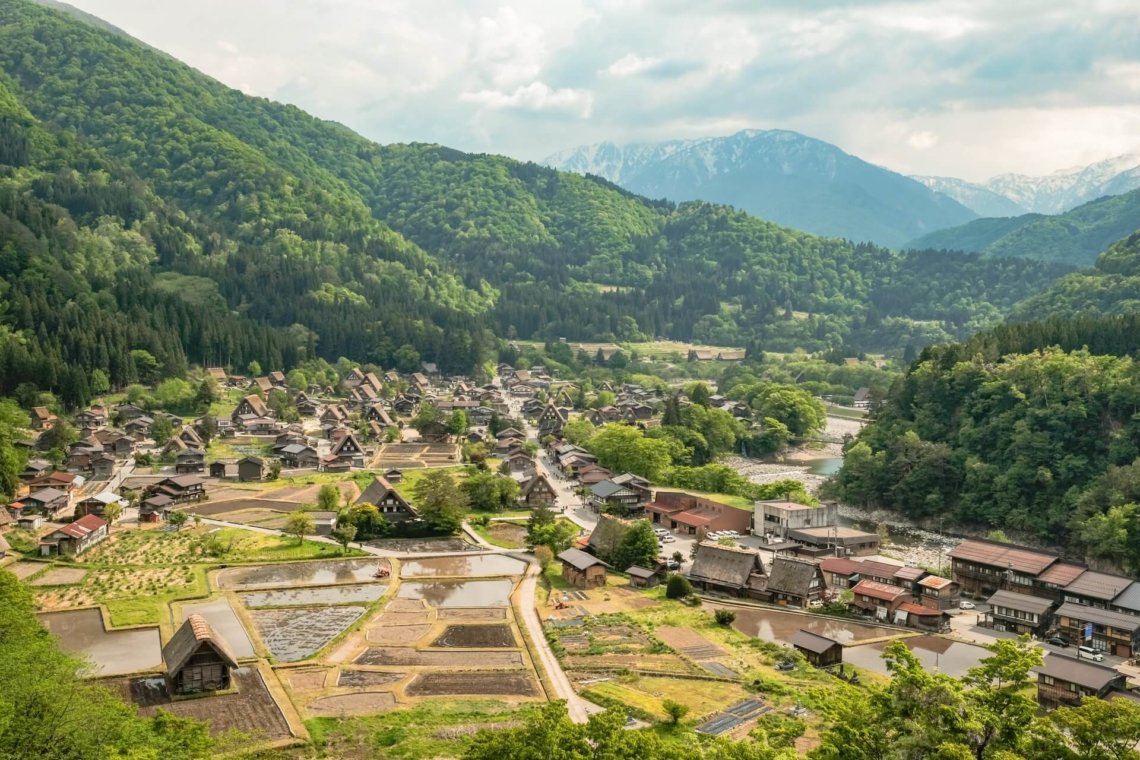
Getting to Shirakawago and Gokayama
One thing many travelers don’t initially realize is that Shirakawago and Gokayama are in two different areas, and for most people it makes sense to visit either Shirakawago or Gokayama (rather than both), based on your preference and logistical convenience.
Getting to Shirakawago
Located in Gifu Prefecture (Gifu-ken), Shirakawago is home to Ogimachi, the most visited of the region’s UNESCO villages. Ogimachi’s extreme popularity stems in great part from its utter convenience. The village is located directly en route between the coastal city of Kanazawa and the mountain town of Takayama.
As there is no access by train, our favorite way to get to Shirakawago’s Ogimachi village is by car. Some of our travelers enjoy renting a car to self-drive, while others prefer to have a private driver.
There are also convenient buses between Kanazawa and Takayama, which stop briefly in Ogimachi. When purchasing bus tickets, you can include a stopover, and for most travelers 1-2 hours is the right amount of time. However, while the bus is a good option, we still prefer going by car — whether self-drive or private driver — for maximum flexibility.

Getting to Gokayama
The villages of Gokayama are located in neighboring Toyama Prefecture (Toyama-ken), about 20 miles (approximately 32 km) from Shirakawago.
Thanks to the fact that they are a little more out of the way, Gokayama’s villages of Ainokura and Suganuma have a slightly more off-the-beaten-path feel than Shirakawago. This being said, Gokayama is still quite popular (and many tour buses visit), so expect to encounter plenty of other travelers admiring the lovely architecture and scenery.
As with Shirakawago, we recommend travel by car if possible. Otherwise, there is a fairly convenient bus between Takaoka and Shirakawago that provides access to Gokayama.
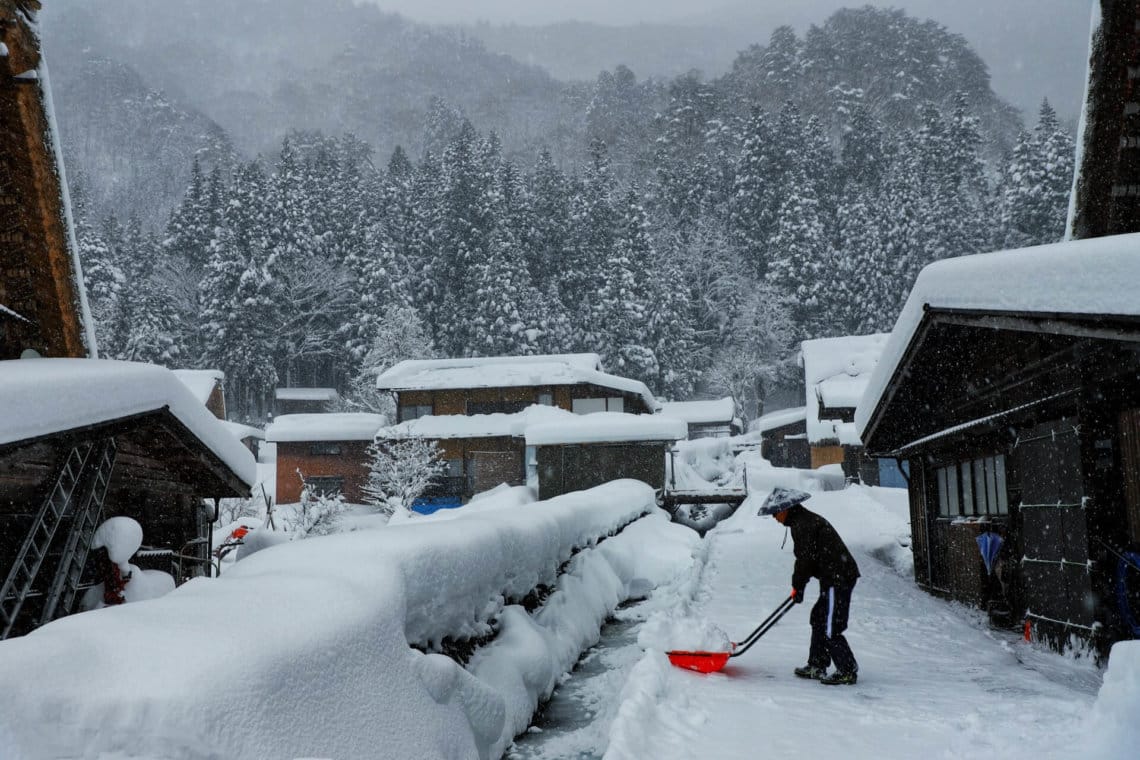
Where to Stay in Shirakawago and Gokayama
For a more in-depth and slower-paced experience, it’s possible to spend the night in charming rural surroundings. In the evenings and early mornings, you can almost feel like you have the villages to yourself.
Many of the villages’ old houses have been converted into simple minshuku, offering a truly quiet and remote Japanese experience. A minshuku is a traditional Japanese guest house, and staying in one has many similarities to staying in a ryokan, though minshuku are generally more rustic (read: basic!).
Most minshuku are are run by lovely local couples who enjoy introducing their culture and cuisine to intrepid visitors from around the world. Expect simple tatami rooms, a shared bath and toilet, and humble (but delicious) meals featuring local and seasonal ingredients.
While the winters are very cold, there is nothing cozier than sitting around the irori (hearth), drinking tea, taking a hot bath, and enjoying winter comfort food.
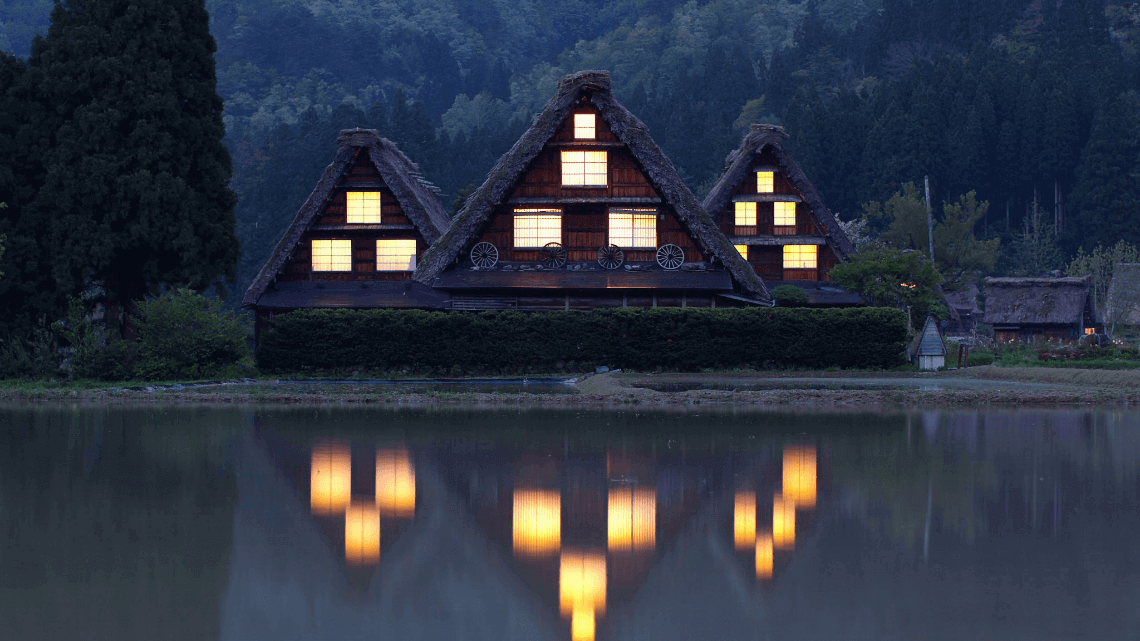
We hope this article helps you decide whether to visit Shirakawago and/or Gokayama, and is useful to you as you plan your Japan trip.
For even more Japan travel inspiration, check out our post on Japan’s best destinations!
